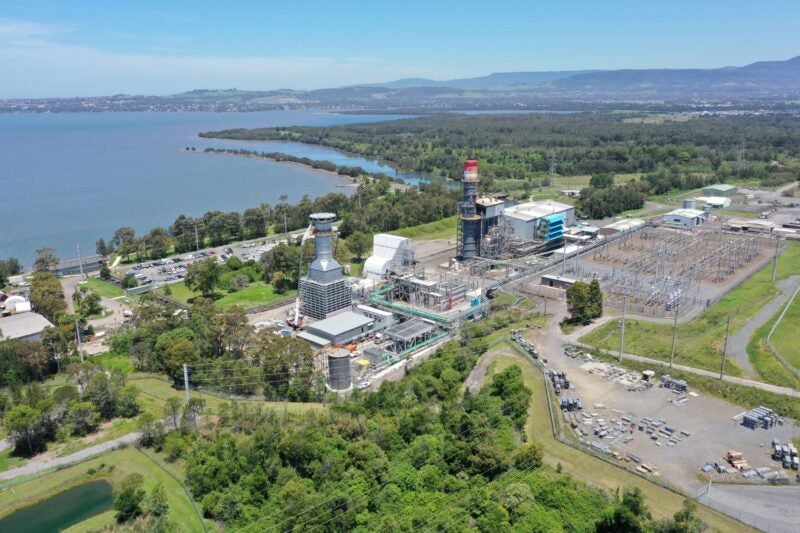
EnergyAustralia has announced the opening of its 320MW Tallawarra B gas-fired power station in New South Wales (NSW), Australia, following two years of construction.
The A$300m ($196m) Tallawarra B project is said to be the first dual-fuel capable natural gas/hydrogen power plant in Australia to have begun commercial operations.
It is located next to the Australian company’s existing 440MW Tallawarra A gas-fired power plant in Yallah on Lake Illawarra’s western shore.
The Tallawarra B facility is equipped with GE Vernova’s 9F.05 gas turbine.
GE Vernova has been the project`s key contractor. The construction of the Australian gas-peaking power station has supported more than 350 highly skilled jobs over the past two years.
GE Vernova gas power Asia president and CEO Ramesh Singaram said: “Tallawarra B Power Station demonstrates the substantive role that gas technologies can play in reducing carbon emissions, ensuring reliable electrical supply, and fighting climate change.”
The Tallawarra B facility will deliver dispatchable power to bolster the reliability of the energy grid. It will also ensure that NSW energy consumers get continued access to affordable, reliable, and more sustainable power, said GE Vernova.
Besides, the new power plant will provide capacity to partially compensate for the energy that was previously generated by the 1.68GW Liddell coal-fired plant.
The Liddell facility in the Hunter Valley region was closed in April 2023 after operating for 52 years.
EnergyAustralia aims to operate the Tallawarra B power plant on a mix of 5% green hydrogen and natural gas in 2025. This will be contingent on the development of a hydrogen manufacturing industry of a suitable size and scale.
EnergyAustralia managing director Mark Collette said: “Tallawarra B is the first gas-fired power station built in New South Wales in over 10 years.
“The new station will play a vital role in the energy transition, providing flexible and reliable energy during periods of peak demand or low supply. Tallawarra B enables and complements more renewables entering the system as coal-fired power stations retire.”






